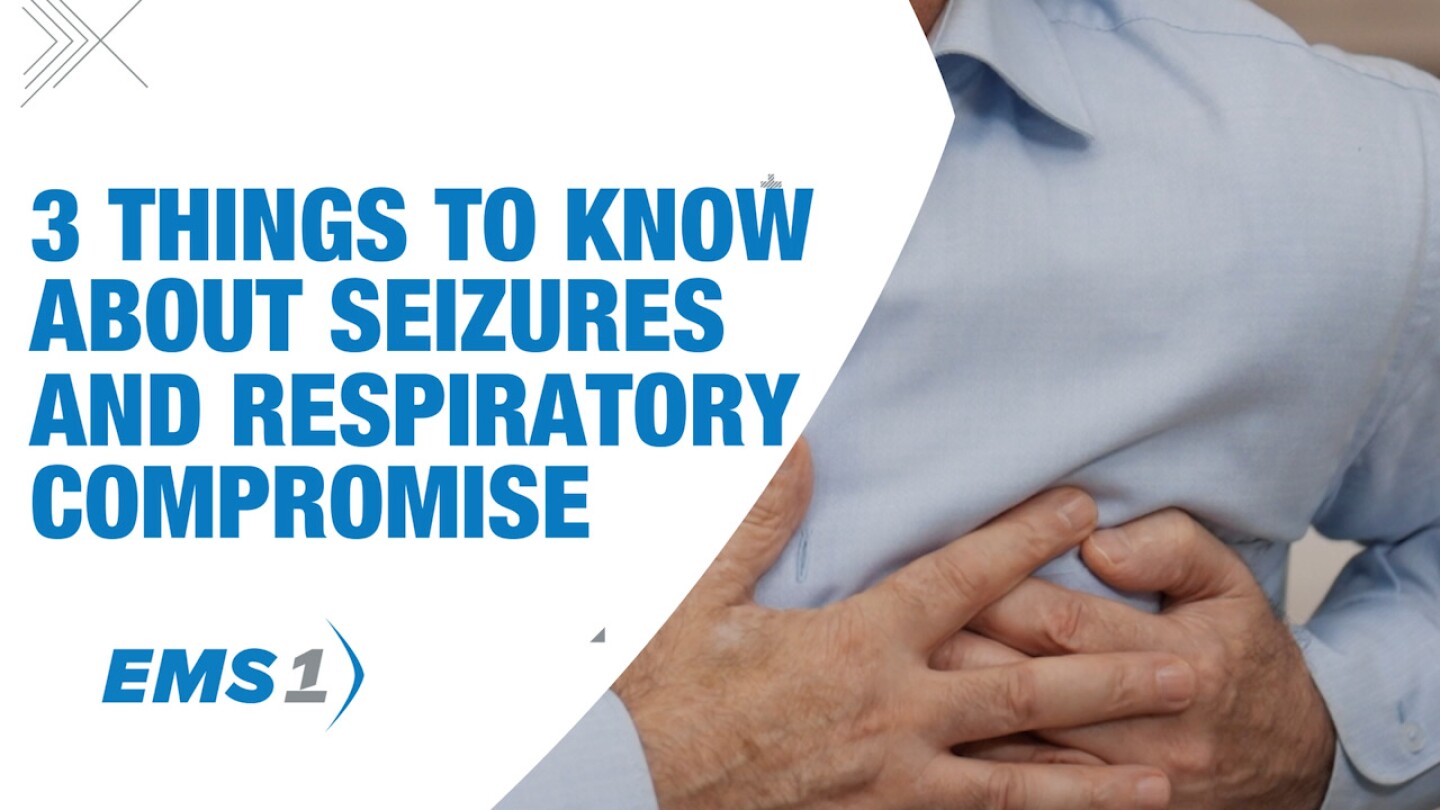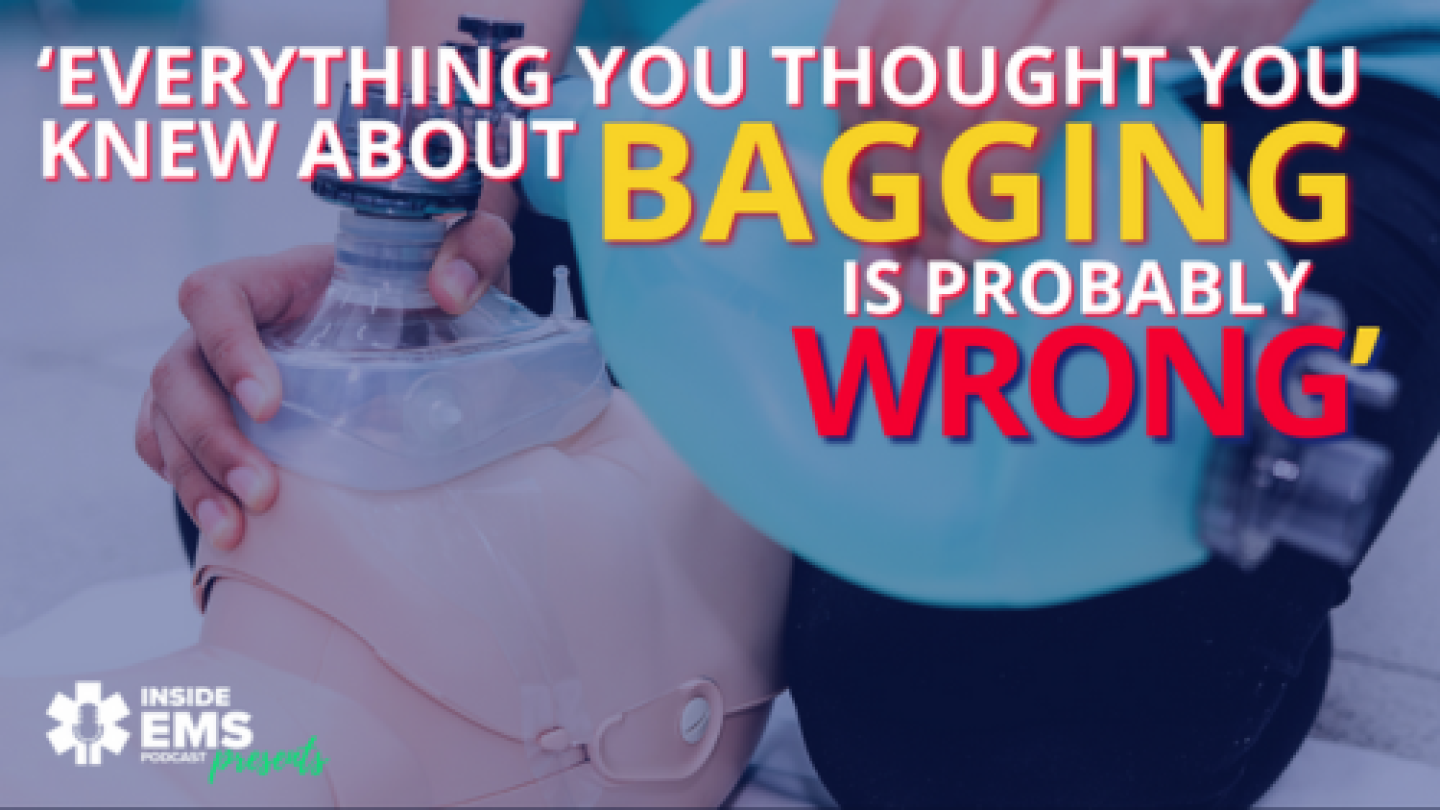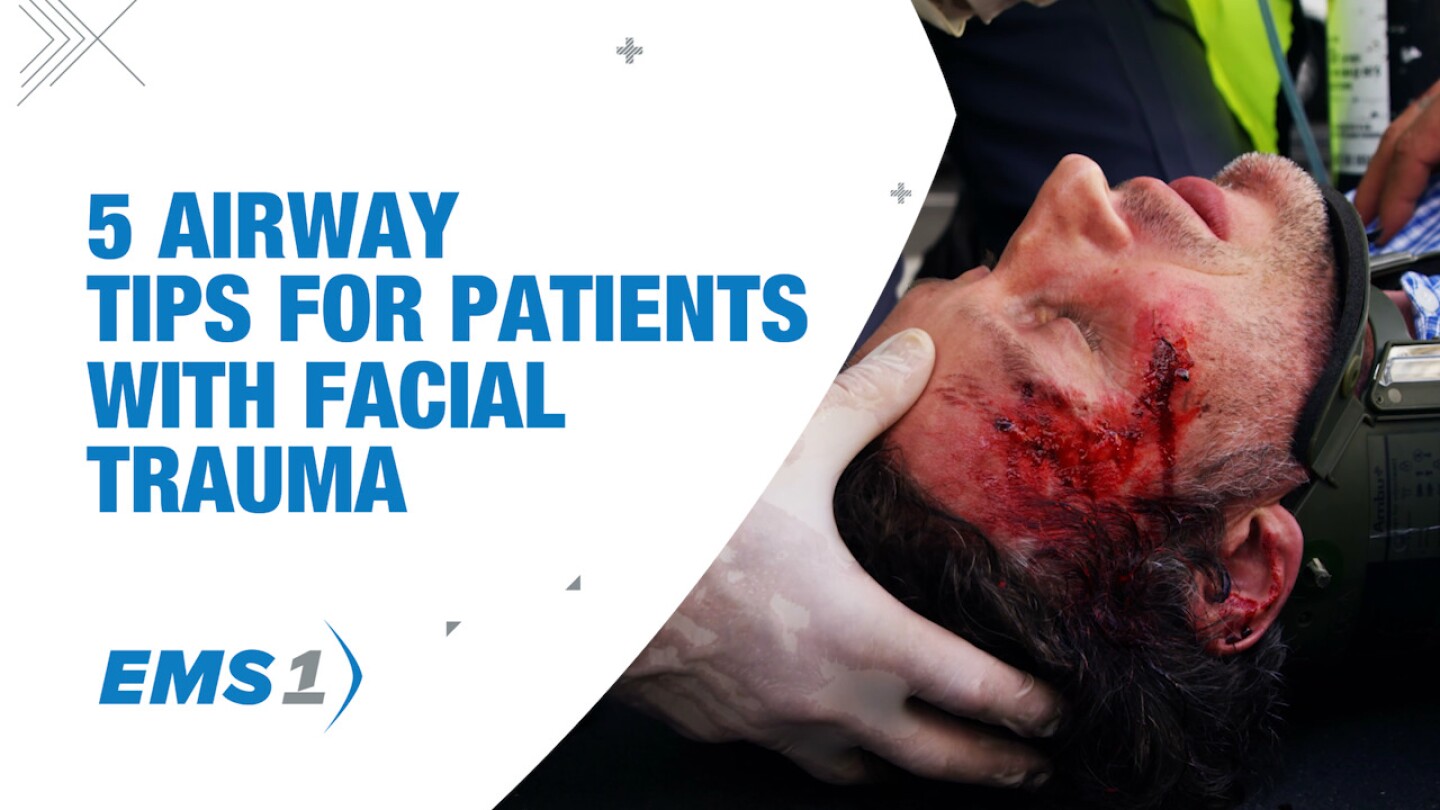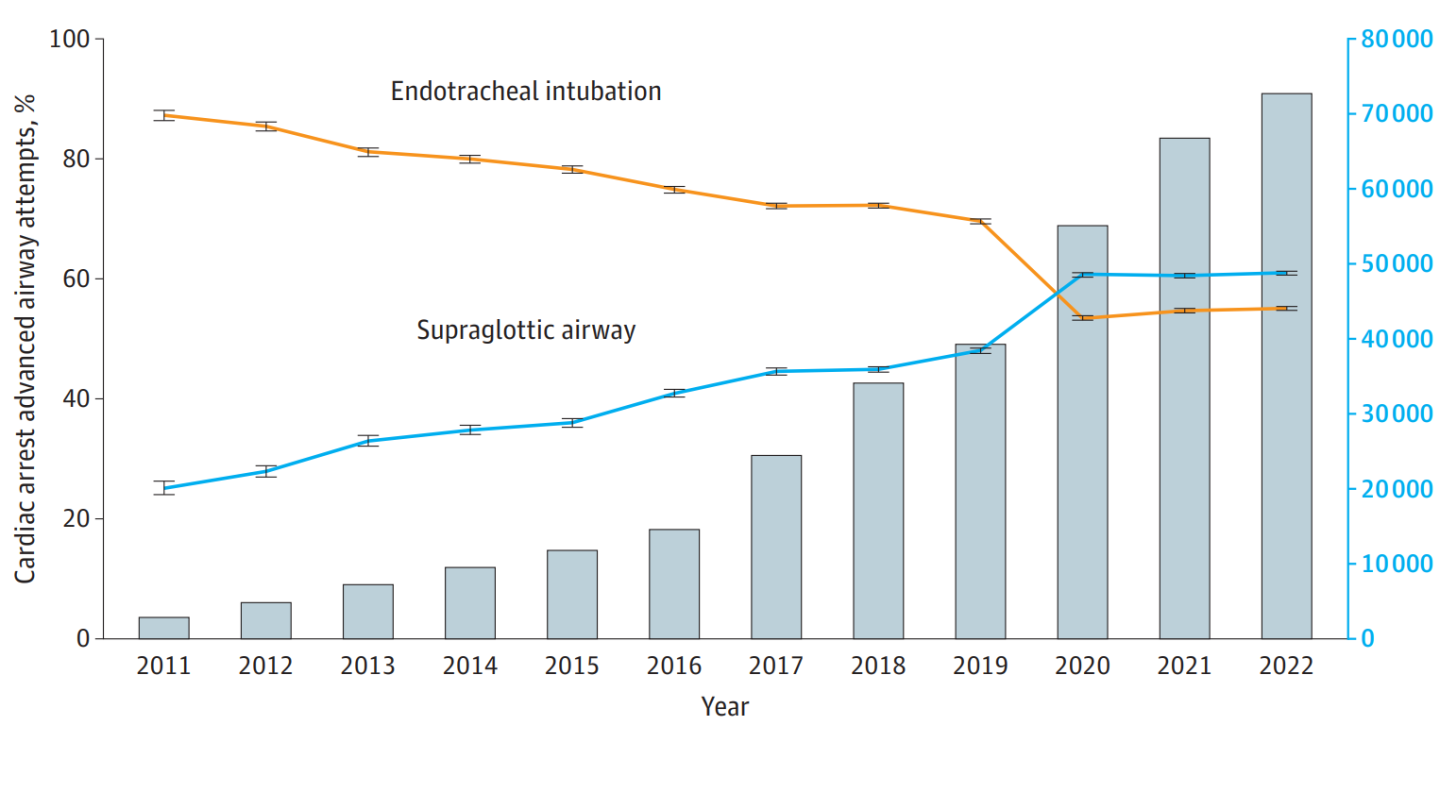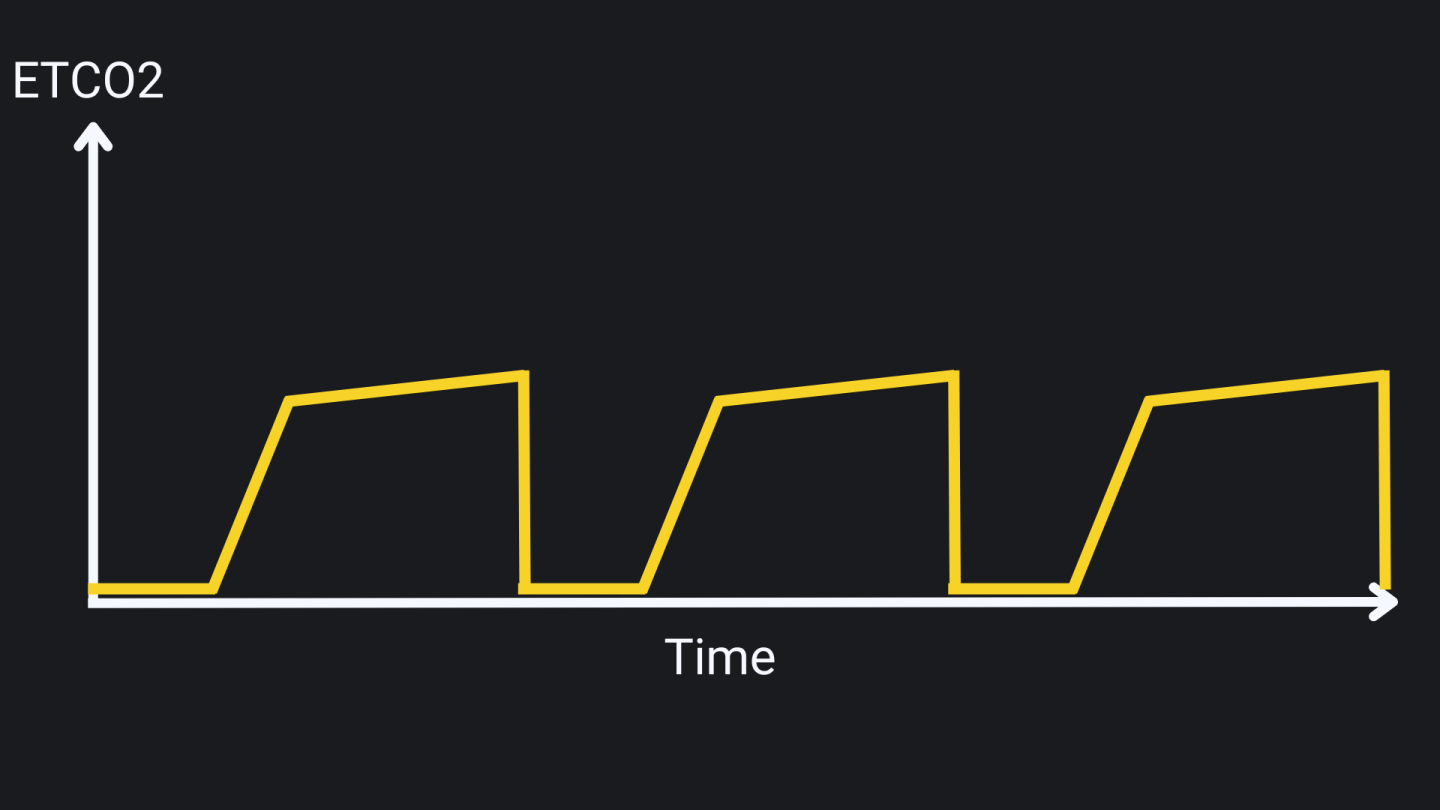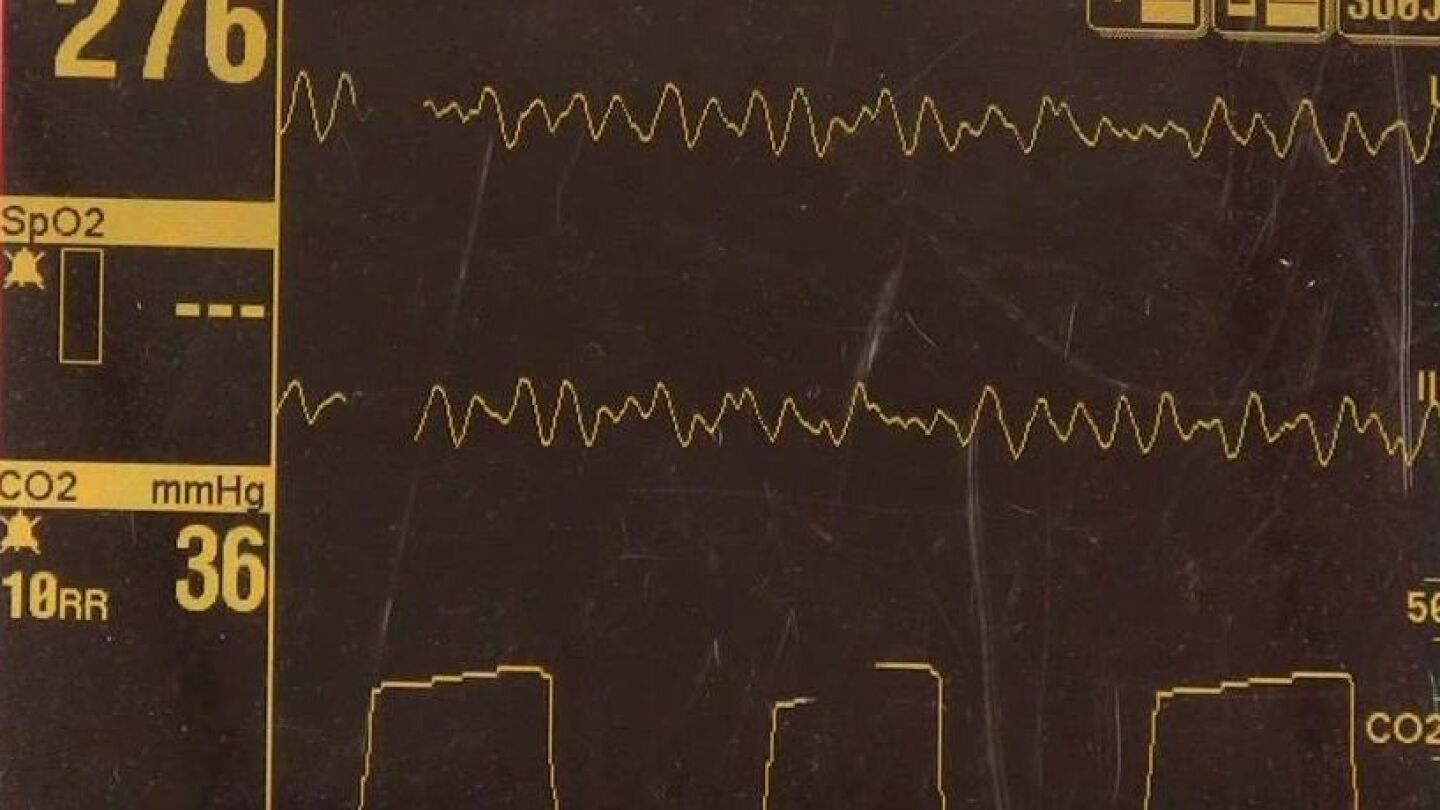Capnography
Discover our directory of articles on Capnography in EMS, designed to equip professionals with the knowledge needed to effectively monitor and interpret end-tidal CO2 levels. This collection covers capnography in various scenarios, including respiratory emergencies, cardiac arrest, and airway management. Understanding capnography is essential for making informed decisions in critical situations. For more insights, explore our resources on Airway Management. Stay informed and improve your patient care with our expert guidance on capnography.
Pediatric respiratory distress doesn’t have to be terrifying — here’s how to handle it
Learn how to effectively manage respiratory challenges during and after seizures
Learn how to detect pulmonary embolism through clinical symptoms and capnography, ensuring prompt and effective response
Are those historical skills a blessing or a curse?
NEMSQA: The data shows the industry can do better
In a deep dive into NEMSQA’s 2024 report, Dr. Jarvis discusses critical airway safety measures and how EMS providers can leverage data, protocols and collaboration to achieve safer, more effective care
Communicating with law enforcement and following these clinical guidelines will help to keep patient safety first and foremost
Are you over-ventilating your patients? Probably, says Kelly Grayson
You are on scene with a patient who has suffered significant facial trauma; what are some strategies to improve your ability to manage their airway?
From budget-friendly picks to the top-tier, find the right stethoscope for your needs
Learn about two of the most common NMBAs used in EMS and how each impact intubation decisions during advanced airway management
Exploring a new application for capnography in the prehospital setting
ETI has been the primary method to help patients breathe; however, in the last decade, there’s been a significant shift toward using SGA, especially for cardiac arrest patients
Learn what the guidelines say about titration, selecting a sedation agent and monitoring sedation
We are limited on the amount of objective information available during prehospital care; don’t ignore this vital piece of the puzzle
Anxiety and emotion can spiral into respiratory compromise that is self-reinforcing, frightening and an EMS-treatable emergency
Fluid, dosing and airway considerations to prevent RV ischemia
Props and tricks can add creativity into your next airway management adventure during simulation or on the job
An initial visual assessment can identify threats to you and your patient before you narrow down a differential diagnosis
Download this SA���ʴ�ý capnography equipment buying guide to learn key steps for product selection, purchasing and implementation
For both intubated and non-intubated patients, capnography can provide a wealth of information about vital signs
Waveform capnography provides real-time feedback that BLS providers can use to make treatment decisions and improve care
The use of waveform capnography as a monitoring and diagnostic tool extends far beyond airway management and cardiac arrest
Application of an EtCO2 sampling device and waveform monitoring, especially during bag-valve mask ventilation, is well within the capability of EMTs
Going back to the basics ensures a smooth EtCO2 reading and creates a calming environment for both the patient and provider
Critical insights on the safe administration of ketamine, versed, lorazepam, ativan and haloperidol
Exploring physical, chemical and alternate restraint considerations in agitated patients
Use these tips to pick the stethoscope best for you and to use it correctly on every patient
The EMS crew was about to administer epinephrine, “only they hadn’t noticed what I had; the patient’s heart rate was 268”
Unvalidated third-party lines may lead to inaccurate results and other problems
From assessing to intervening, this quiz covers vital airway management scenarios to ensure you’re equipped to handle emergencies confidently.
Why quality improvement concepts should be integrated into EMS education
Conquer stressful calls, identify treatment challenges and pitfalls, and use technology to its best potential to save lives this summer and beyond
MOST POPULAR
- 5 things EMS providers need to know about capnography and ETCO2 monitoring
- Live from Wisconsin: Top clinical tips for paramedics
- Tension pneumothorax: Needle decompression steps
- Seizure response: Understanding the post-ictal phase and respiratory implications
- Capnography is worth getting right – here’s how


